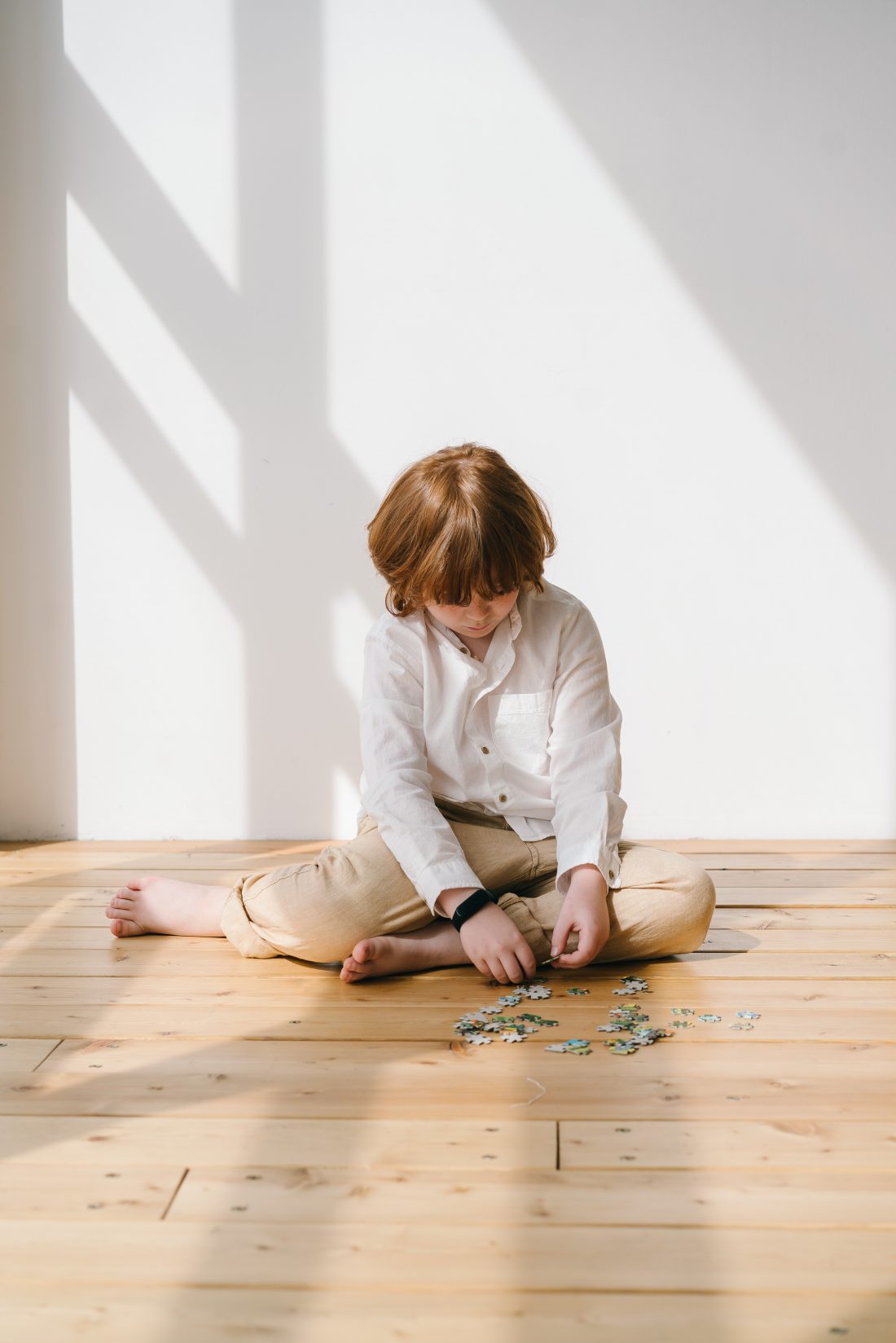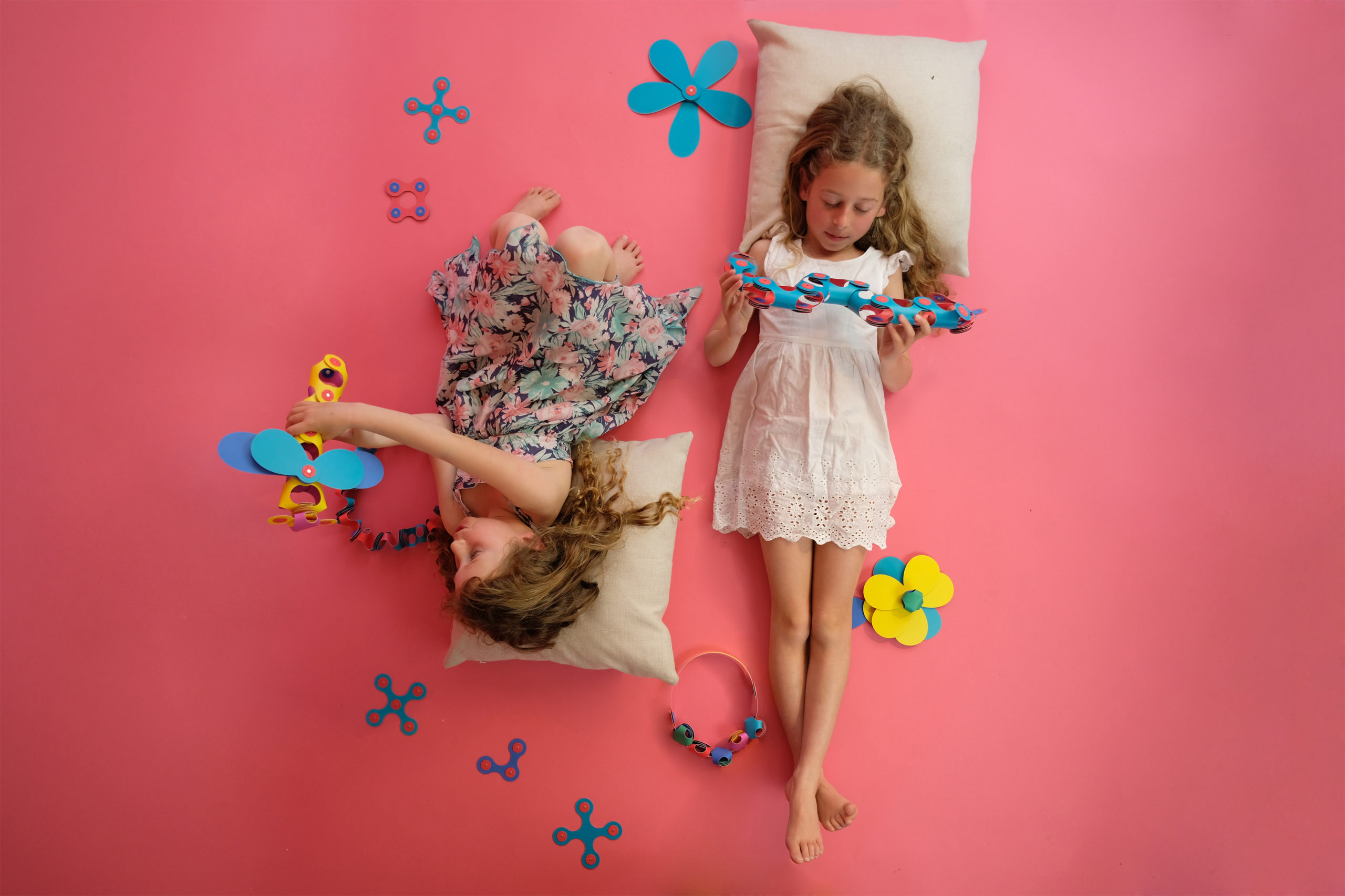Free Play Vs. Structured Play
When it comes to playtime, the great debate between free and structured play rages on. While you may think one or the other is better, both styles of play are essential in your child’s life. Structured play as well as free play offer benefits to the growth and development of children.
So, what is the difference between free and structured play, anyway? Let’s get to the bottom of it and figure out why both are important.
What is Structured Play?

To start, structured play is exactly what it sounds like. Structured play is also known as goal-oriented play. Instead of allowing them to do whatever they want, children are given a task with an end goal in mind.
Examples of structured play include board games, puzzles, and team games like sports. As the name implies, they are structured activities with rules that need to be followed. Structured play has many benefits, including:
Problem Solving
When children participate in structured play, they will learn crucial problem-solving skills. For example, when they are doing a puzzle, they need to solve it by putting the correct pieces together. While it may seem simple, this skill is going to benefit them their entire life. Any type of structured play is going to encourage problem-solving since there is always an end goal in mind. ,
Setting Goals
The goal of any structured play is to set goals and achieve them. So, as your children engage in structured play they will learn how to set and achieve goals in other aspects of their life.
Structured Play is Educational
Structured play encompasses the realm of educational toys. For example, children can learn new skills along with language, vocabulary, holding a pencil, and sequencing among many other things.
They Will Learn to Actively Listen
Another benefit of structured play is that children will learn how to actively listen. When children engage in structured play, there are rules to be followe
What is Free Play?

Along with structured play, there is free play. This type of play is typically the opposite of structured and gives children the ability to explore and create with no guidelines. So, free play is the type of play that has no rules. Children aren’t expected to complete a goal but are still encouraged to play with others.
Think of activities like running around on the playground or playing dress-up. Free play is essentially any activity that isn’t a structured game. There is no ‘winning,’ only play. Along with structured play, there are several benefits to free play as well.
Socialization
One of the biggest benefits of free play activities is that they get to socialize with other children. Without an end goal for playtime, children can socialize and learn to interact with one another.
Exploration
Since free play activities typically happen outside, they get to explore nature. When they’re playing in the yard or at the playground, kids can run around and find plants and animals to learn from. This will also give them the confidence to explore other areas and learn.
Free Play Improves Overall Confidence
Another benefit of free play is that your child will gain confidence. This will carry over into all aspects of their life. Since free play doesn’t have a strict set of rules, they are able to make their own choices. It’s also helpful for shy children to improve their confidence in talking to others.
Exercise
Free play is a great way to keep your child physically active. During free play, they can run around wherever they want and climb on gym equipment. According to the CDC, obesity in children has continued to rise, and physical activity from free play can help.
Is Free or Structured Play More Important?
There is much debate on whether free play or structured play is better for children. The answer is that they are both equally as important. Both types of activities can work together to create a balance in developing your child’s skills.
While structured play is great for problem solving, free play will help your child learn to create ideas from scratch. These two skills go hand in hand, and will be applicable the rest of their life. So, when deciding which type of play is more important, the answer is that you should be using them together. There are plenty of ways to combine structured and free play, including using toys.
How to Combine Free Play and Structured Play
Wanting your child to engage in beneficial types of play is important, but make sure not to overload them. It’s important to maintain a balance and allow them to rest, as well. Your child also may not like all types of play, so you’ll need to find what they like. It won’t be fun for them if they’re being forced to do something they don’t like! The whole point is to ‘play,’ right?
One way to combine free and structured play is to invest in toys that can do both. Building blocks, art supplies and the like offer opportunities for both open play or directed play. We find parents like both aspect of our toys in particular.
For example, your child can use Clixo during free play to create whatever they want. Maybe they’re inspired by the season or a color, and they use that to create something unique. Or, you can provide a step by step guide, or what we call a Challenge, to help guide a build. They have an end goal and work on their problem solving, dexterity, and STEAM skills.
Conclusion
To sum it up, free play and structured play are equally important for children. Each style of play helps your child develop different skills that they will take with them into adulthood.
